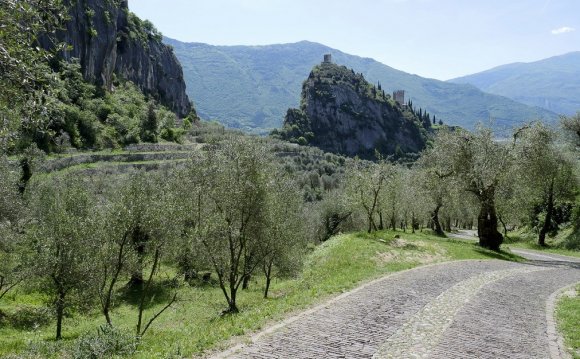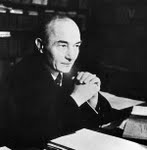
On December 4, 1875, Rainer Maria Rilke came to be in Prague, really the only son or daughter of an unhappy wedding. Rilke's youth was also unsatisfied; his moms and dads placed him in army college aided by the desire which he come to be an officer—a place Rilke had not been inclined to carry. By using his uncle, who understood that Rilke was an extremely gifted kid, Rilke left the military academy and joined a German preparatory school. By the time he signed up for Charles University in Prague in 1895, he understood that he would go after a literary job: he had already posted his first amount of poetry, Leben und Lieder, the prior 12 months. At the turn of 1895-96, Rilke published his second collection, Larenopfer (Sacrifice towards Lares). A third collection, Traumgekrönt (Dream-Crowned) then followed in 1896. That same year, Rilke decided to leave the college for Munich, Germany, and later made their first visit to Italy.
In 1897, Rilke visited Russia, a trip that could show to be a milestone in Rilke's life, and which marked the real beginning of their very early severe works. While there the youthful poet came across Tolstoy, whoever impact is seen in Das Buch vom lieben Gott und anderes (Stories of Jesus), and Leonid Pasternak, the nine-year-old Boris's dad. At Worpswede, in which Rilke existed for some time, he came across and married Clara Westhoff, who had previously been a pupil of Rodin. In 1902 he became the friend, and a time the secretary, of Rodin, plus it had been during his twelve-year Paris residence that Rilke enjoyed his greatest poetic activity. Their first great work, Das Stunden Buch (The guide of Hours), starred in 1905, used in 1907 by Neue Gedichte (brand new Poems) and Die Aufzeichnungen des Malte Laurids Brigge (The Notebooks of Malte Laurids Brigge). Rilke would continue to travel throughout their lifetime; to Italy, Spain and Egypt among many other locations, but Paris would serve as the geographic center of their life, where he first begun to develop a unique style of lyrical poetry, influenced by the visual arts.
Whenever World War I broke away, Rilke was obliged to go out of France and during war he lived-in Munich. In 1919, he went along to Switzerland where he spent the past many years of their life. It was here that he typed his final two works, the Duino Elegies (1923) in addition to Sonnets to Orpheus (1923). He died of leukemia on December 29, 1926. During their death their work had been intensely admired by many leading European musicians, but ended up being nearly as yet not known to your basic reading general public. Their reputation is continuing to grow steadily since his death, and he has arrived become universally seen as a master of verse.
Selected Bibliography
Poetry
Das Buch der Bilder (The Book of Images) (1902)
Das Stunden Buch (guide of Hours) (1905)
Neue Gedichte (Brand New Poems) (1907)
Requiem (1909)
Das Marienleben (living associated with Virgin Mary) (1913)
Die Sonette an Orpheus (Sonnets to Orpheus) (1923)
Duineser Elegen (Duino Elegies) (1923)
Späte Gedichte (Later Poems) (1934)
Poemes Francais (French Poems) (1935)
Rilke on Love along with other Difficulties (1975)
Selected Poems of Rainer Maria Rilke (1981)
Brand New Poems (1984)
Rainer Maria Rilke: Selected Poems (1985)










